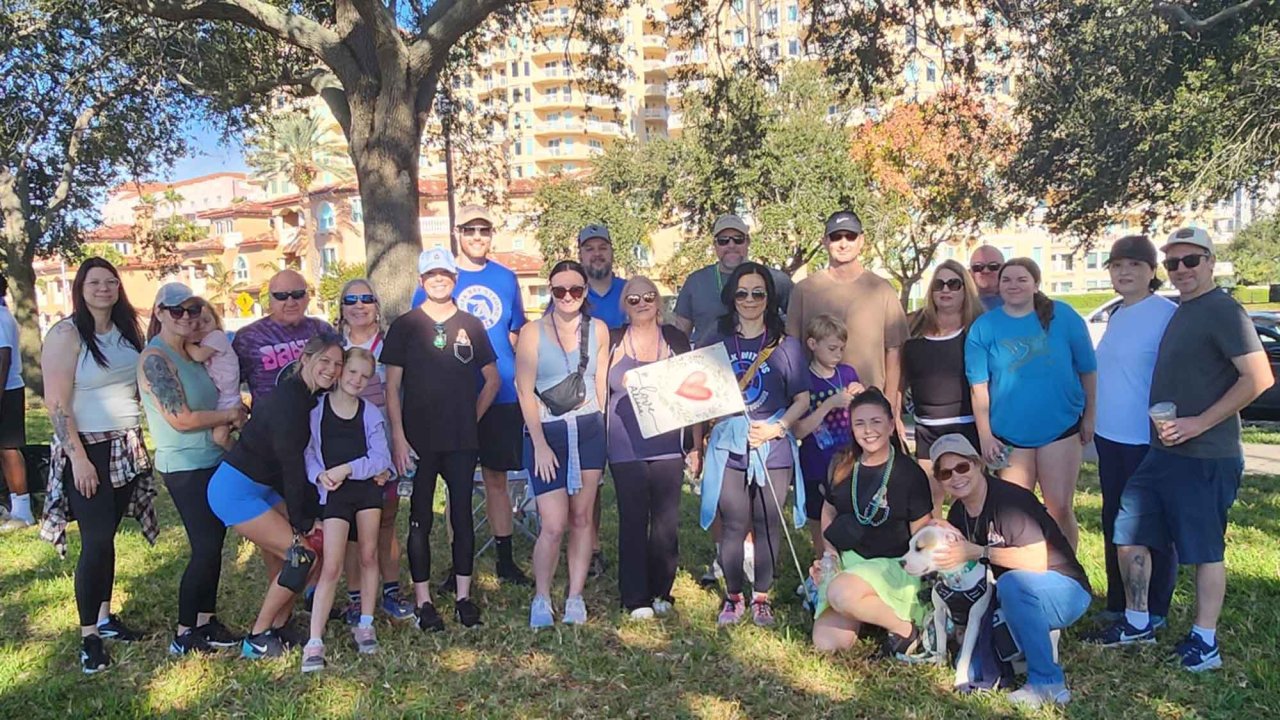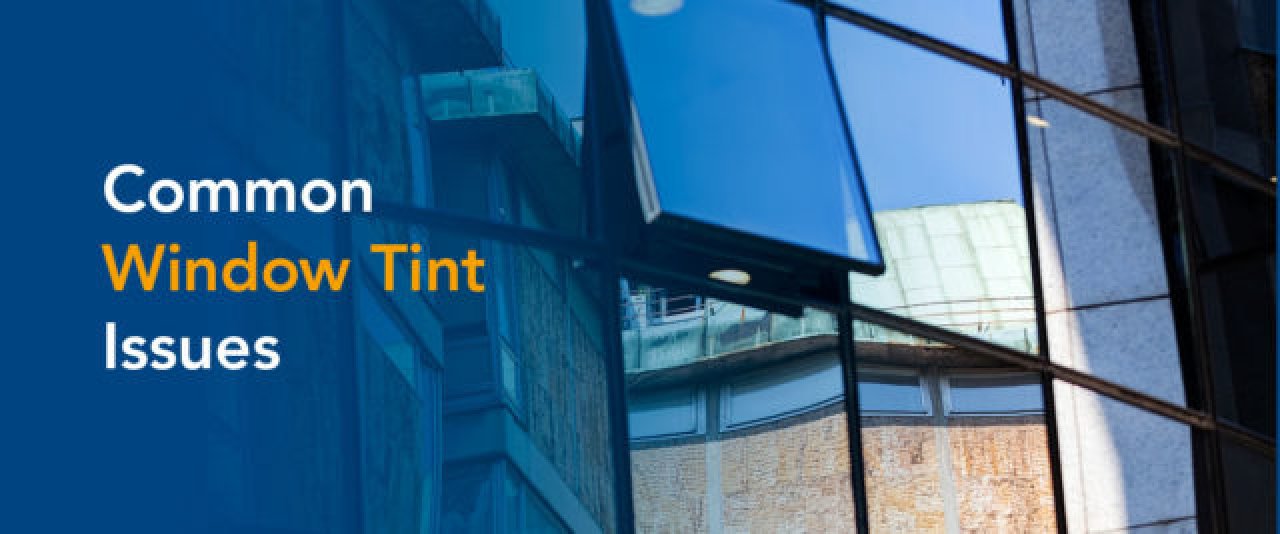After recent shootings in public places, including schools, building managers and officials often consider using safety film as an additional layer on existing glass to upgrade windows and make them resistant to bullets. It's important to recommend the right solution in such situations to ensure that students and the public are adequately protected, and that the company providing the solution shares relevant test data.
What are safety and security window films?
Safety and security window films from Madico are designed to reduce the risk of personal injury, property damage, and losses caused by natural disasters, burglary, vandalism, and accidents. These films come in different shades, finishes, and thicknesses, all aimed at providing protection and security. Broken glass and debris can cause significant harm to people and property, while also exposing the interior of a building or home to water, wind, and other dangers.
Safety film offers passive protection round the clock. Madico's security films are also designed to deter theft and prevent damage to business properties and merchandise caused by smash-and-grab incidents. Moreover, Madico's safety films can help protect school campuses and their occupants from intrusions, active shooter incidents, burglary, and vandalism. These films seamlessly integrate with existing security measures on school campuses.
Can safety and security films resist bullets?
Safety and security films are a practical choice for many threats and should be carefully considered for applications involving safety glass, anti-intrusion measures, and bomb blast mitigation. All major safety and security film manufacturers can provide certified test reports that detail the film's performance capabilities against these threats.
Madico agrees with the International Window Film Association's conclusion that safety and security films are not designed to withstand bullets (see IWFA's link).
The overall performance of the system largely depends on the thickness of the glass to which the film is applied.
In most cases, companies promoting safety films for bullet resistance test their products on glass that is ½" to ¾" thick, which is not representative of the typical glass used in real-life settings. Some companies test their films on single-pane glass with films applied to both the interior and exterior surfaces. However, unless the glass used in the project is of a single-piece type, this testing method is not representative. On the other hand, some companies have achieved impressive ballistic testing performance by combining various layers of safety film with various types and thicknesses of glass.
Read the IWFA's official position on ballistic window film here
How can you assist your client?
Madico advises its dealers to
have direct discussions with their clients
guide them to carefully examine the test data or seek evaluation from an independent qualified company.
When examining the presented test data, it's important to verify that all the parameters conform to the actual test standards and the desired level of protection.
In many cases, test reports are issued by independent laboratories that have tested according to specific criteria but not to the standard itself. If the data in the report does not match the type and configuration of glass used in the client's building or school, then the report is not relevant for their specific application.
Unlike blast mitigation data and computer modeling, it is not possible to extrapolate data for bullet resistance. Additionally, the client should be aware that if a (small) projectile is fired at a window with filmed glass, the result should be a hole while the glass remains intact and in place.



